The question of whether a gas heater needs to be vented has been a subject of controversy for many years. Out of the different fuels used for heaters, gas is one of the most efficient. It burns cleaner than other heavy fuels and is also preferred by many homeowners due to its great performance.
However, there is still a lot of confusion among homeowners, looking to add a gas heater to their HVAC collection, about whether they should add a vent or not.
There is the argument that it doesn’t burn as dirty as wood or kerosene, and may therefore not result in heavy combustion.
Another argument holds that there will be combustion and homeowners stand the risk of air poisoning without proper ventilation.
If you’re caught between the two schools of thought, this post has been put together to help you understand how to best run your gas heater with regard to ventilation.
If the conclusion is that gas heaters should be vented, you’ll learn how that is done, as well as whether all gas heaters need to be vented or if there are some unvented gas heaters.
Does A Gas Heater Need to Be Vented?
Yes, a gas heater should be vented. Even with their relatively better efficiency than wood-burning and kerosene heaters, venting is required to take care of combustion and exhaustion.
Gas heaters also emit carbon dioxide and carbon monoxide which need to be sent outside the room or house. These emissions pose a number of health risks if inhaled over a period.
It is not only about ensuring the vents are present, but that they are not blocked or impaired in any way so that the carbon and other gaseous waste can be exhausted properly.
We must add that there are vented and vent-free gas heaters. So, while there are those that require a venting mechanism in place, usually sent into the ceiling or just through a nearby wall and out through a grill, there are some others that require some sort of improvisation to provide some level of ventilation.
There’s also the issue of insufficient oxygen when a room lacks proper ventilation. Gas heaters need some amount of oxygen to burn properly, without which asphyxiation can occur due to the unit and people in the house struggling for the available oxygen.
How Much Ventilation Does a Gas Heater Need?
You truly need sufficient ventilation for your propane heater to burn properly. The rule of thumb is that 10m³ of air is required for every m³ of natural gas for complete combustion to take place.
When air is too little, combustion is incomplete and this is what often leads to the production of carbon monoxide. You can always determine how much air is required by using the BTU data.
For instance, each 1,000 BTUs of gas input will require around 50 cubic ft of air. You can also estimate this, because it may be difficult to calculate incoming air.
However, the point is to allow sufficient air in and also create room for carbon to leave the room. For vent-free units, you should make up by opening the windows and doors for air to move in and out of the house.
The bigger the unit and higher the capacity, the more the amount of ventilation that’s needed. It is appropriate to create a vent measuring 12 square inches from the ground and another one measuring 12 square inches from the room’s ceiling.
How Are Gas Heaters Vented?
The most common way to vent a vented gas furnace and get the air out is with the use of a flue pipe. The flue pipe is connected to the unit’s heat exchanger, where combustion takes place for heat energy production.
The exhaust pipe is what leads the gas out of the house and up to the roof. Modern furnaces usually have a draft fan that blows combustion gases through the heat exchanger before they go into the flue pipe.
It also depends on the type of venting mechanism the gas heater has. There are three main types of venting systems.
1. Direct Vent
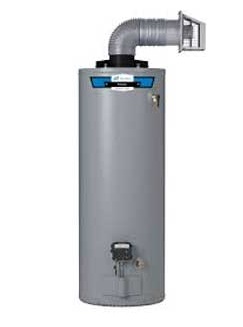
A direct venting system has two pipes in the heating system.
These pipes come in different sizes, with one drawing air from the outside into the combustion chamber while the other pipe allows used-up gas to leave the unit and out of the house.
This is a good type of venting system for the environment and can be installed horizontally or vertically.
It also doesn’t require any chimney.
2. Natural Vent
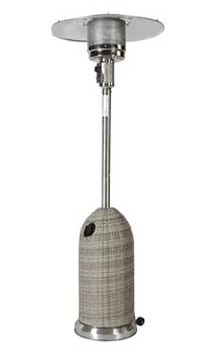
This is very similar to the direct vent.
Air comes in from the outside through one pipe and into the unit’s combustion chamber.
After use, the gas is then exhausted through a second pipe out of the house.
The only difference would be that they may be prone to backdrafts which can negatively impact safety and efficiency.
3. Sidewall Power Vent
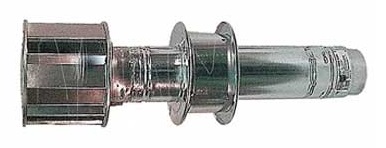
Also called an induced draft fan, this type of vent has an exhaust fan integrated at the tip of the pipe. This is to help the unit vent combustion gases outdoors. Just like natural vents, they are also really affordable but tend to be safer and more efficient.
In the case of a vent-free unit, you can simply open the doors and windows for proper ventilation. Be sure not to allow too much loss of heat as this can impact negatively the efficiency of the unit.
What Is the Difference Between Vented and Unvented Gas Heaters?
A vented gas heater is more or less a closed combustion box that relies on propane and outdoor air for heat production. The fumes produced when propane is burned are vented outside through a small pipe that passes through an exterior wall.
On the other hand, unvented gas heaters do not need ductwork or vents for heat production. Also, and unlike vented units, a vent-free propane heater exhausts and releases fumes inside the house, which makes them a health concern.
It is not legal in most places to use a vent-free propane heater in a room or space where people sleep.
Let us explore specific differences considering below critical aspects.
1. Exhaust/fume
Both units exhausts used up gases as fumes, but the difference is that a vented gas heater is already catered for via the provision of a vent pipe that passes through an exterior wall.
On the other hand, a vent-free unit does not have a provision for sending fumes outside the house, so gas is released inside the home.
2. Safety
Generally, all fuels pose some safety concerns, especially if they’ll be used indoors or in rooms occupied by people. You’d need to follow safety standards and instructions provided by the manufacturer and your local regulators.
However, using a vent-free unit indoors may cause gas poisoning from carbon dioxide or carbon monoxide which can be inhaled. A fire hazard caused by leaks and overheating are other concerns to look out for.
3. Venting Option
A portable vented gas heater is often aided by a small pipe connected to help it exhaust fumes outside the room. Much bigger units may be connected to the home’s ductwork or even the chimney for effective venting.
On the other hand, the major option available for vent-free units is leaving your doors and windows open so that you can get rid of the dangerous fumes produced from gas burning.
4. Application
Vented gas heaters can be used in homes, offices, business environments and even for industrial applications, whereas a vent-free unit is best used in outdoor settings, garages, unoccupied spaces, patios, camping, and so on.
5. Cost/Ease of Installation
It is generally cheaper to buy and install a vent-free gas heater especially since no form of venting mechanism, ducting or piping is required. It is not just less expensive, but also more flexible.
Final Words:
Whether it’s a vented gas heater or the vent-free option, a propane heater must be vented when used indoors for the safety of everyone in the building.
While it is not advisable to use vent-free units indoors, you must ensure that you leave your doors and windows open for proper ventilation if you insist on using them indoors.
Both types are considered quite effective for producing the heat needed during the cold. However, the vent-free option is often considered more efficient, sometimes reaching 99%.
| Photo | Title | Buy |
|---|---|---|

|
LEVOIT Air Purifier for Home & Bedroom - For Allergies and Pets Hair | Check Price On Amazon |

|
BREEZOME 60 OZ Quiet Dehumidifiers for Home, Dual-Semiconductor | Check Price On Amazon |

|
AquaOasis™ Cool Mist Quiet Ultrasonic Humidifier for Bedroom & Large room | Check Price On Amazon |

|
43.3'' Portable Air Conditioners, 3-IN-1 Evaporative Air Cooler w/Remote | Check Price On Amazon |

|
BlueDri BD-AS-550-BL Negative Machine Airbourne Cleaner HEPA Air Scrubber | Check Price On Amazon |

|
Space Heater, VCK 24" 12ft/s Fast Quiet Heating Portable Electric Heater | Check Price On Amazon |
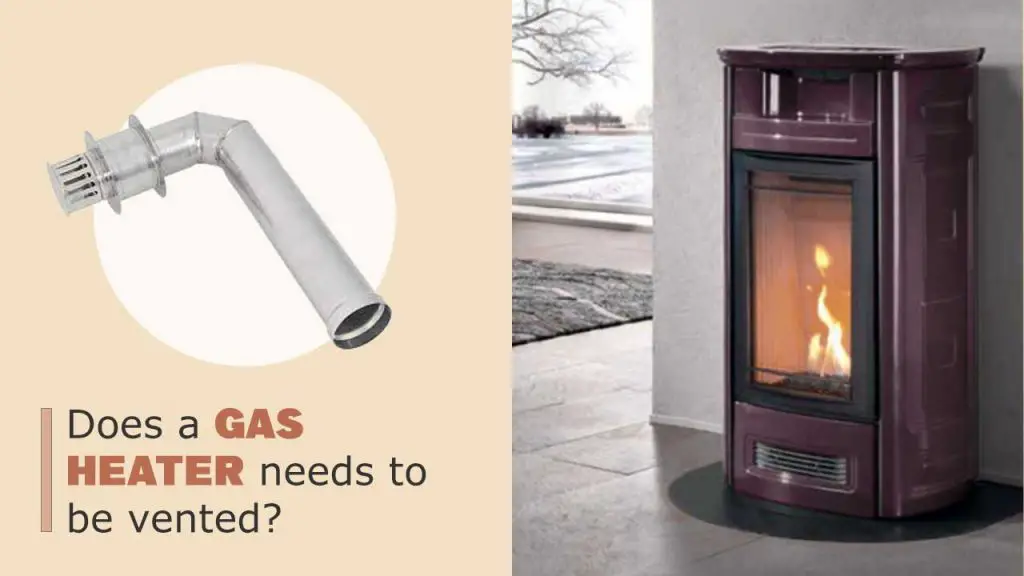
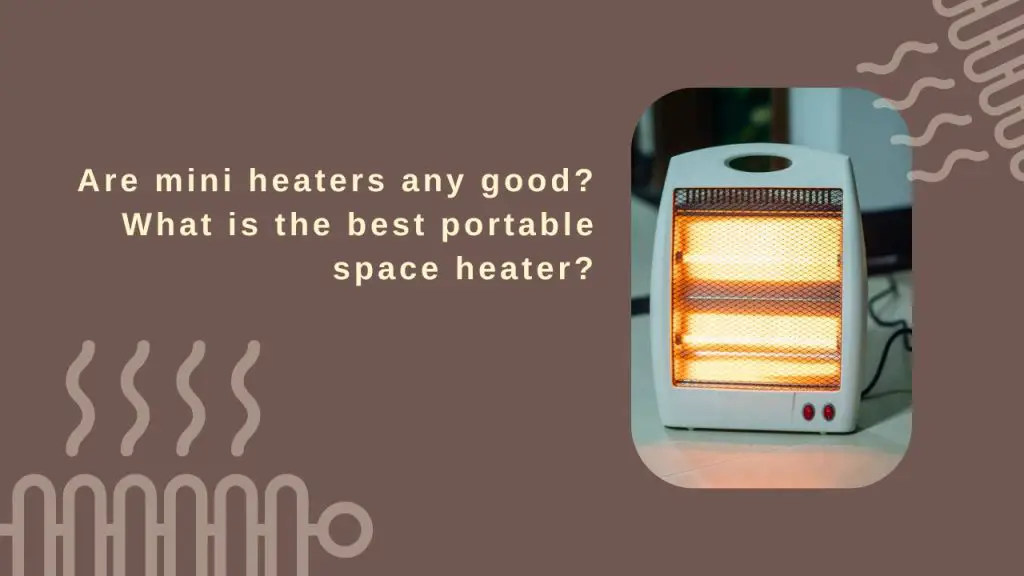
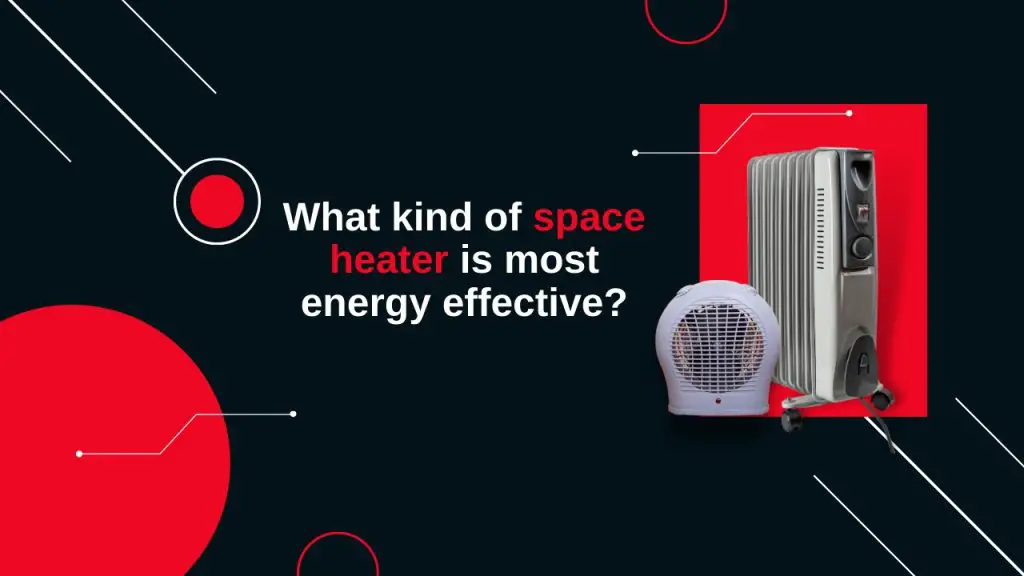
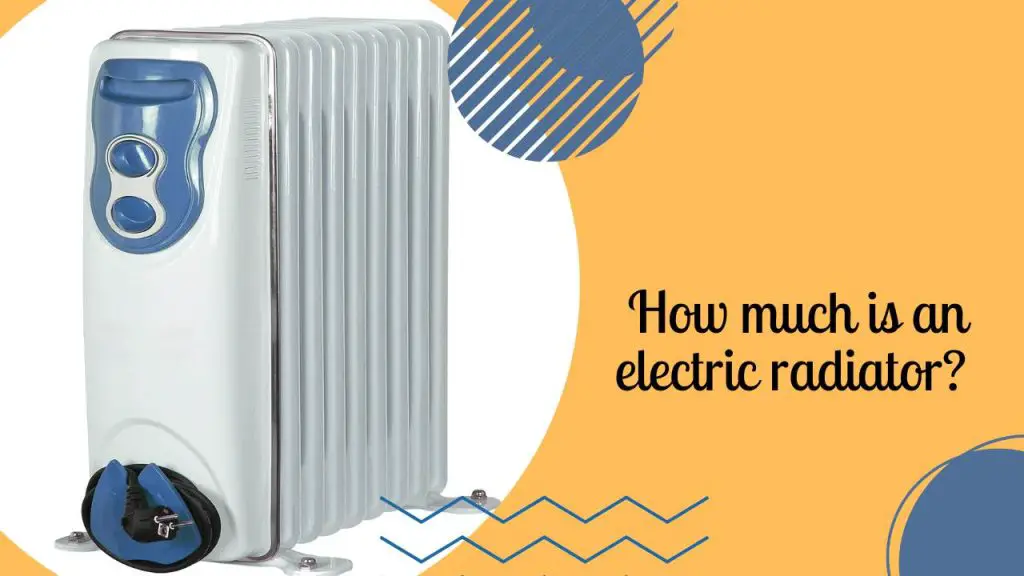
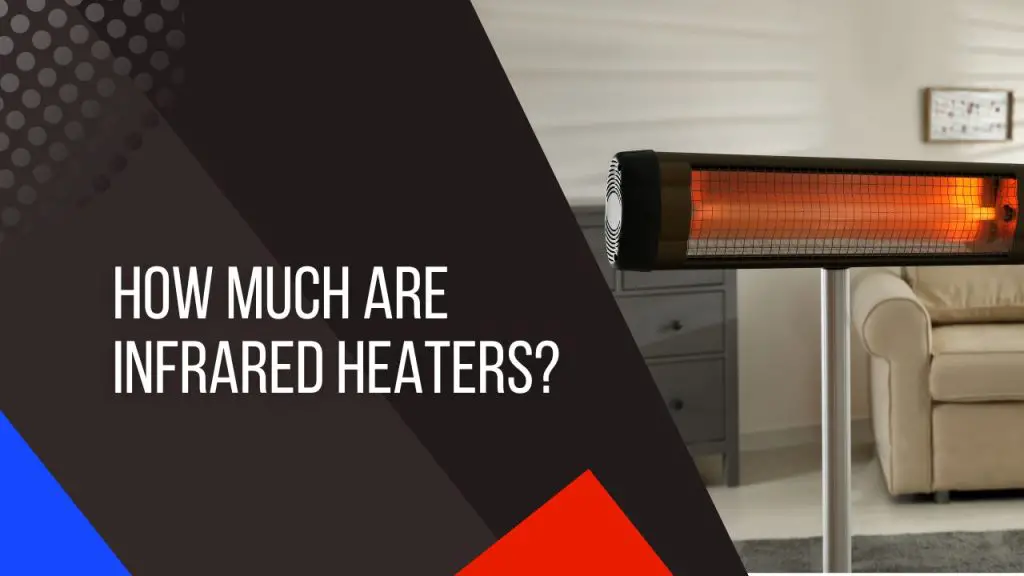
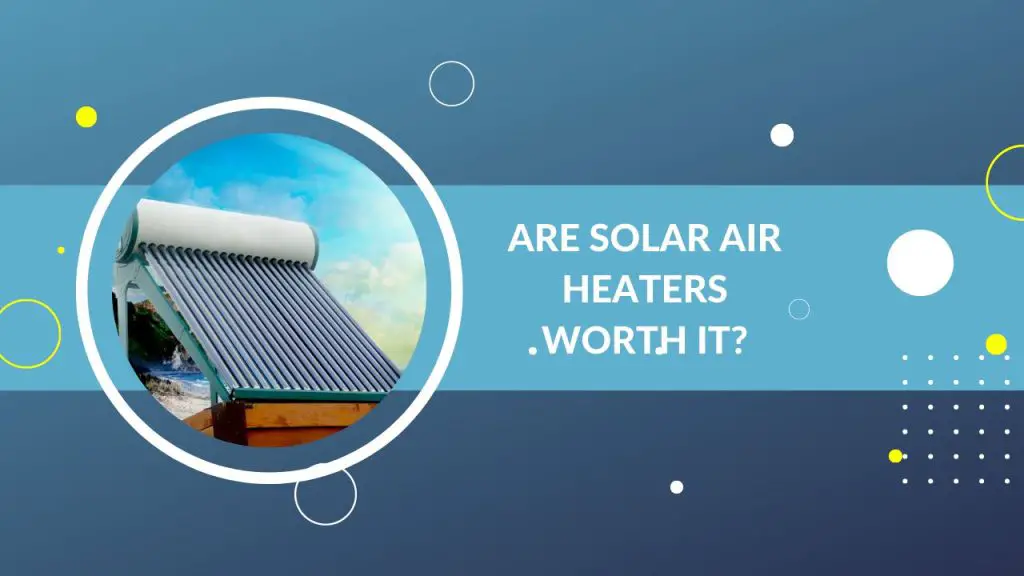
![Ventless Heater Moisture Problems [Possible Reasons & Solution]](https://www.airpurelife.com/wp-content/uploads/2022/12/Why-do-ventless-heaters-create-moisture-1024x576.jpg)